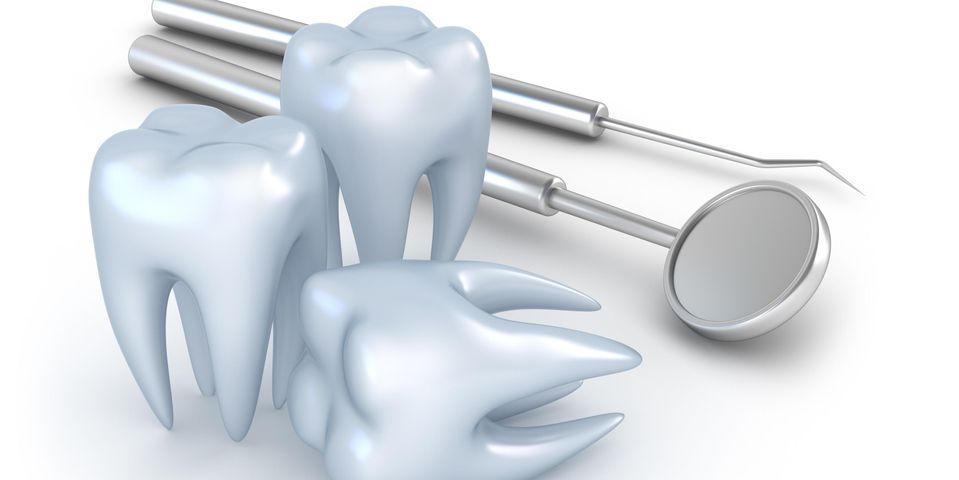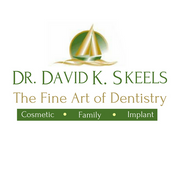Perio maintenance or managed neglect? Why are we watching and waiting before referring?

05/25/2016
Why are we watching and waiting before referring?
By Patti DiGangi, RDH, BS
Study after study show the connections between the health of the oral environment and the rest of the body. Yet, as a whole, dentistry referred more patients to the periodontist in the last 20 years of the last century than we have in the first 15 years of this century. When patients are finally referred, there is greater disease severity and more tooth loss, which means greater systemic risk. Why? Is it perio maintenance or managed neglect?
The curriculum of all dental hygiene programs must be accredited through the Commission on Dental Accreditation (CODA). CODA is nationally recognized as the sole agency to accredit dental and dental-related education programs conducted at the postsecondary level. Dental hygienists across the country were thrilled in 2015 when CODA finalized the Accreditation Standards for Dental Therapy Education Programs. Yet those standards have little to do with the referral process.
The basic education for all dental hygienists is the same. There are bachelor and other advanced degree programs. Yet none of these are required to practice in the most common place of employment-the dental office. Some hygienists are employed by periodontal practices exclusively, while others practice in both periodontal and general practices. The education and skills required for each setting are, for the most part, the same.
Many of us have probably been questioned by our patients about why they alternate between the periodontist and general dentist. They report that the care is often the same. It is the experience of this author to practice in this dual situation, which led to alternating with myself. This eventually led me to wonder why we alternate at all.
A language problem
The belief has long been that we can only manage periodontal disease once it's diagnosed. This may have been true in the past. It is time to revisit this thinking. Historically, all gingival disease was treated as gingivitis and periodontal disease meant periodontitis. This simplistic thought process has led to as high as 50% underdiagnosis, according to the Centers for Disease Control and Prevention. The problem is one of language.
Periodontal disease has come to mean bone loss. Many professionals see it this way because bone loss is a parameter often required for coverage by dental insurance carriers. We need to go back to the basic definition of periodontium: the supporting structures of the teeth including the cementum, the periodontal ligament, the bone of the alveolar process, and the gingival tissues. Disease of the periodontium includes gingival disease as well as bone loss.
This sounds like a word game, but it's not. When we talk about biofilm pathogenicity, it's not limited to when the bone is gone. Waiting for bone to be lost before we recognize the disease is like waiting for a heart attack before we treat high blood pressure. Can you imagine a patient with slight chest pain and 50% blockage and the cardiologist saying, "We'll watch it," and then adding a big red W on the chart? How many people would accept this treatment? Waiting for the breakdown of the periodontium reduces the possibility of healing and regeneration around the tooth, not to mention the damage to the cardiovascular system and other systems in the body.
I had Hashimoto's thyroiditis diagnosed many years ago by an endocrinologist. The condition remained stable on medication and maintenance care performed by a family practitioner for many years. A few years ago, something changed. After several hospitalizations and many varied diagnoses and treatment options, an endocrinologist specializing in Hashimoto's was consulted. That physician reviewed the same diagnostics ordered by other practitioners, and based on his specialized knowledge recognized a condition called thyrotoxic myopathy.
The point of my story is to emphasize the importance of knowing when a referral is the best option. Evidence suggests that many of our patients would benefit from periodontal specialty care.
Nearly everyone reading this knows periodontists receive extensive training, including three years of education beyond dental school. They're familiar with the latest techniques for diagnosing and treating periodontal disease, and are trained in performing cosmetic periodontal procedures. In addition, a diplomate certified by the American Board of Periodontology is a periodontist who has made significant achievements beyond the mandatory educational requirements of the specialty. A general dentist can perform endodontics, oral surgery, and more, but to say their educational preparation is the same as those who specialize in each area is erroneous. For a hygienist to think our educational background is the same as periodontists' is also erroneous.
Regenerative procedures restore lost periodontal structure and functional attachment through the regeneration of cementum, periodontal ligament, and alveolar bone. The timing and stages of care can greatly affect the success of that care. Working together as an interdisciplinary team, hygienists, general dentists, and periodontists have the opportunity to increase healing and regenerative success, thus contributing to overall patient health.
Kelly's story
Kelly is a familiar character for those who have read the "DentalCodeology" series of books. Kelly is a 20-year-old patient of record since childhood. She is currently a college student away from home for the first time. Her medical history includes taking Yaz and multivitamins, and she might be pregnant. She noticed some white spots on her teeth and bleeding gums, and she mentioned that she started drinking energy drinks to help get her schoolwork done. On weekends she adds a little vodka along with some vaping. She has no previous history of periodontal disease or cavities documented.
Kelly's periodontal diagnosis is plaque-induced gingival disease modified by systemic factors, pregnancy, and Nos. 14 and15 localized aggressive periodontitis with 2 mm bone loss. (Read "DentalCodeology: More than Pocket Change" for more details.)
Will Kelly be referred for a periodontal consult? The answer is, probably not. Will a full perio chart be completed? Many reading this will question taking a full mouth set of radiographs. Even if radiographs are taken, would the 2 mm of bone loss and the aggressive nature of her disease be recognized? Why should Kelly be referred to a periodontist?
The 1999 AAP Classifications of Periodontal Diseases and Conditions introduced "chronic" and "aggressive" as the two principle forms of destructive periodontal diseases, and eliminated age-dependent limitations. The AAP updated their position in July 2015. Table 1 emphasizes the differences between the chronic perio we often see in practice and the aggressive types. It is recommended that patients younger than 25 at the time of disease onset, along with other signs or criteria, be used to support a diagnosis of aggressive periodontitis.
This is not just a semantic or "politically correct" distinction, and it has great bearing on Kelly's case. Kelly lost 2 mm of bone between Nos. 14 and15 over an eight-month period, and she's only 20 years old. She clearly qualifies as having localized aggressive periodontitis.
Let's ask again: Should Kelly be referred to a periodontist?
When these details are pointed out, your answer might be yes. But if we honestly think through this case, how many times would this case have been handled as a prophy with the discussion of better flossing? Or had the patient even been perio charted to reveal the 2 mm of loss?
Asking for help
The plain fact is that many clinical decisions made by dental professionals appear to be arbitrary, uncertain, and variable. This is not because we lack competence, sincerity, or diligence, but because we must make decisions about tremendously complex problems with limited evidence. We used to think we could simply remember everything we needed to know in order to practice. With the explosion in scientific literature, we need to give up on even thinking this is possible.
Guidelines abound for management and referral of patients with periodontal disease. These are available from the American Dental Association, American Academy of Periodontology, American Academy of Pediatric Dentistry, and more. The ADHA offers numerous position papers and the Standards for Clinical Dental Hygiene Practice.
The ADA Center for Evidence Based Dentistry says their clinical practice guidelines "... are the strongest resources to aid dental professionals in clinical decision making and help incorporate evidence gained through scientific investigation into patient care."
Why don't we start using them? Why not seek the assistance of periodontal specialists? Do we have to wait? Are we waiting for that heart attack? The periodontist is not the "medicine of last chances." Let's start allowing periodontists to have a fighting chance of success by positively contributing to overall patient health. RDH
Patti DiGangi, RDH, BS, continues to take a future-oriented leadership role in a variety of professional organizations. She is a certified Health Information Technology trainer, shaping the changes in our interoperable electronic health record world. Patti is an ADA Evidence Based Champion and holds publishing and speaking licenses with the American Dental Association for Current Dental Terminology and SNODENT Coding. She is the author of the DentalCodeology series of bite-size books for busy people. Patti received the 2014 and 2015 Dentistry Today CE Leaders recognition. Patti was awarded the 2014 Sunstar Award of Distinction and the 2013 Sonicare Mentor of Distinction award. Contact her at www.DentalCodoelogy.com or info@pdigangi.com.
About the Business
Have a question? Ask the experts!
Send your question

